World Class Leader Board (1987-)
World Class Leader Board was developed by Access Software and released in 1987 as a follow-up to their earlier golf simulation game, Leader Board. Published by U.S. Gold, this title sought to elevate the virtual golfing experience by introducing more realistic gameplay mechanics and more detailed course designs. Players could compete in tournaments on several international courses, using a simple but effective three-click swing system that challenged both timing and precision. The game blended accessibility with enough depth to satisfy serious golf fans, making it a standout in the sports simulation genre of the late 1980s.
Originally launched on the Commodore 64, World Class Leader Board was quickly ported to numerous platforms including the Amiga, Atari ST, ZX Spectrum, DOS-based PCs, and even consoles like the NES. Each version retained the core gameplay while adapting controls and graphics to suit the different hardware capabilities. The soundtrack was minimalistic, with occasional upbeat tunes during menus and ambient sounds like birds chirping or the swoosh of a golf swing, helping to create a relaxing but focused atmosphere. The game’s audio was never the main attraction, but it complemented the gameplay well enough to keep players immersed.
While not a direct sequel in the traditional sense, World Class Leader Board built directly on the foundation laid by the original Leader Board released in 1986. The new title was promoted as a more refined and challenging golf simulation that offered players a realistic and competitive experience, with marketing materials highlighting the international courses and improved graphics. Access Software leveraged the success of the original to generate interest and showcased the game’s ability to appeal to both casual players and golf enthusiasts.
Upon release, World Class Leader Board received favorable reviews for its accurate physics and engaging gameplay. Critics appreciated the smooth animations, the strategic elements of course management, and the satisfying challenge of mastering the swing meter. While some noted that the graphics were not groundbreaking compared to other sports titles of the era, most agreed that the gameplay itself was solid and addictive. The game became a popular title among sports simulation fans and remains a classic example of early golf games that balanced realism with fun.
Images from MobyGames
Buy World Class Leader Board
Click one of the Ebay or Amazon buttons below to check the latest prices and purchase World Class Leader Board for that particular platform.
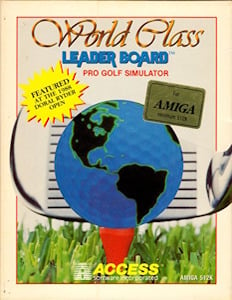
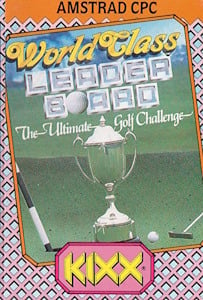
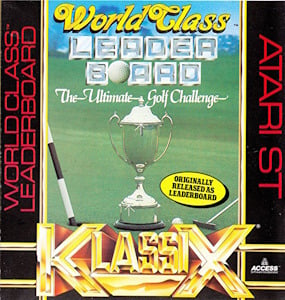
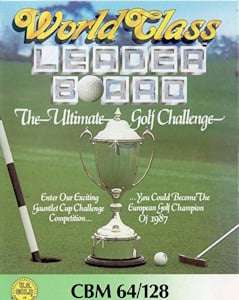
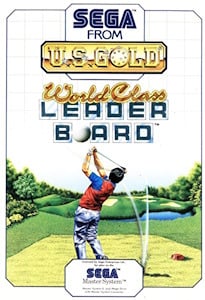
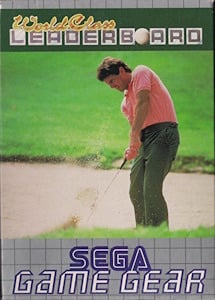
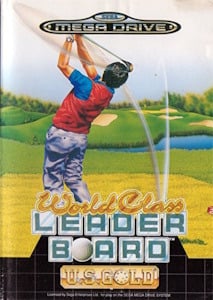
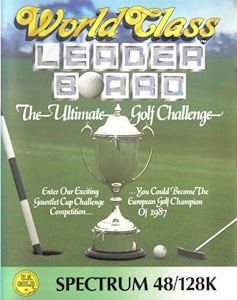
Related Searches
World Class Leader Board is available to purchase and download from a range of vendors. Always shop....
World Class Leader Board may be available to download as abandonware from one of the many sites that offer...
There are various sites out there that can offer cheat codes for games. Search now to find all available...
There are many sites out there that have collated and documented historic reviews of this game. Search now...
We don't host or link to rom sites for this game. However, there are many sites out there that may be...
The initial release date for World Class Leader Board is stated as some time during 1987. Other ports of the....
World Class Leader Board is available to purchase and download from the link(s) shown further up this....
There are multiple sites around the internet that offer visual guides to this game. Search now to find the....








